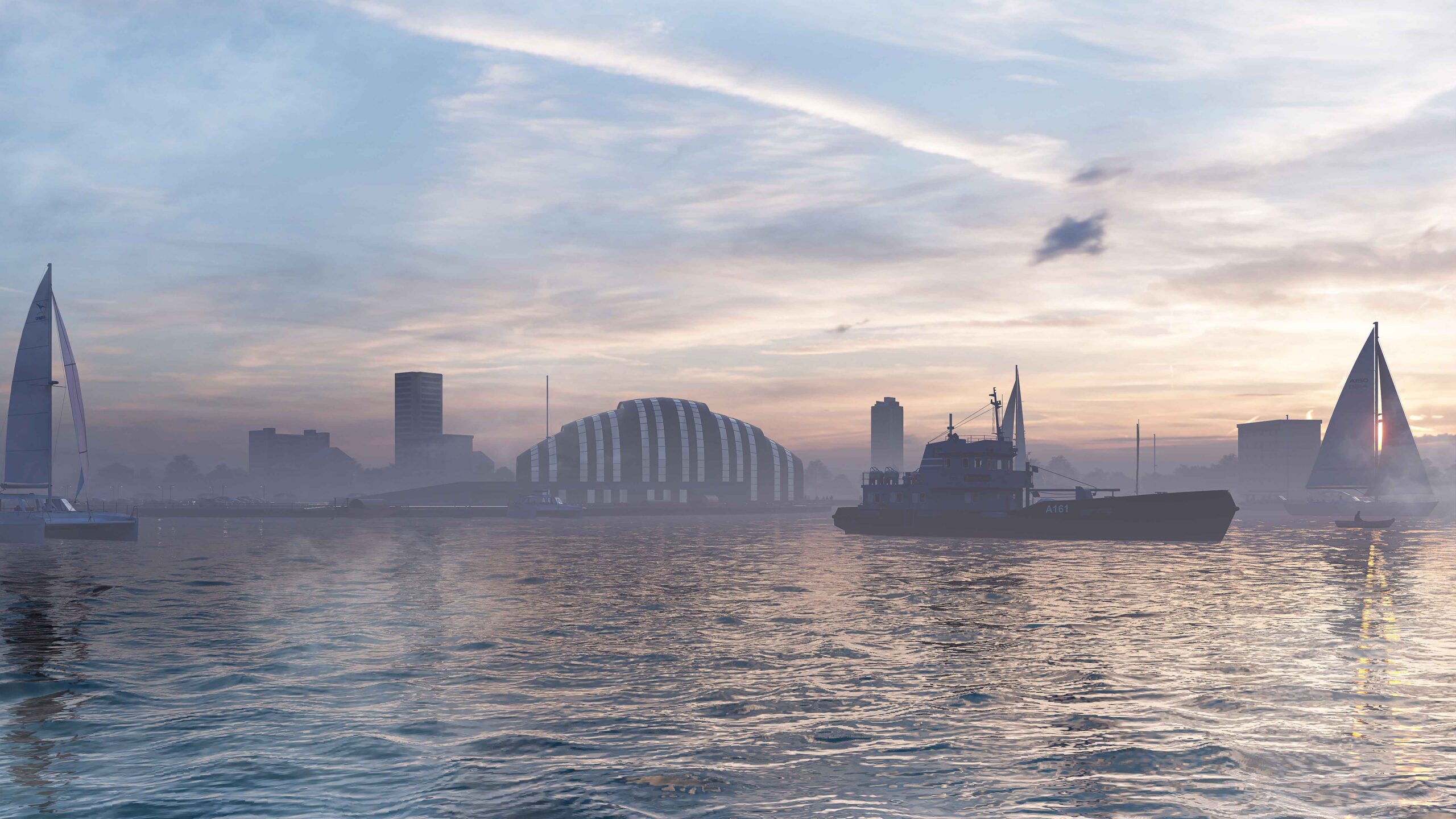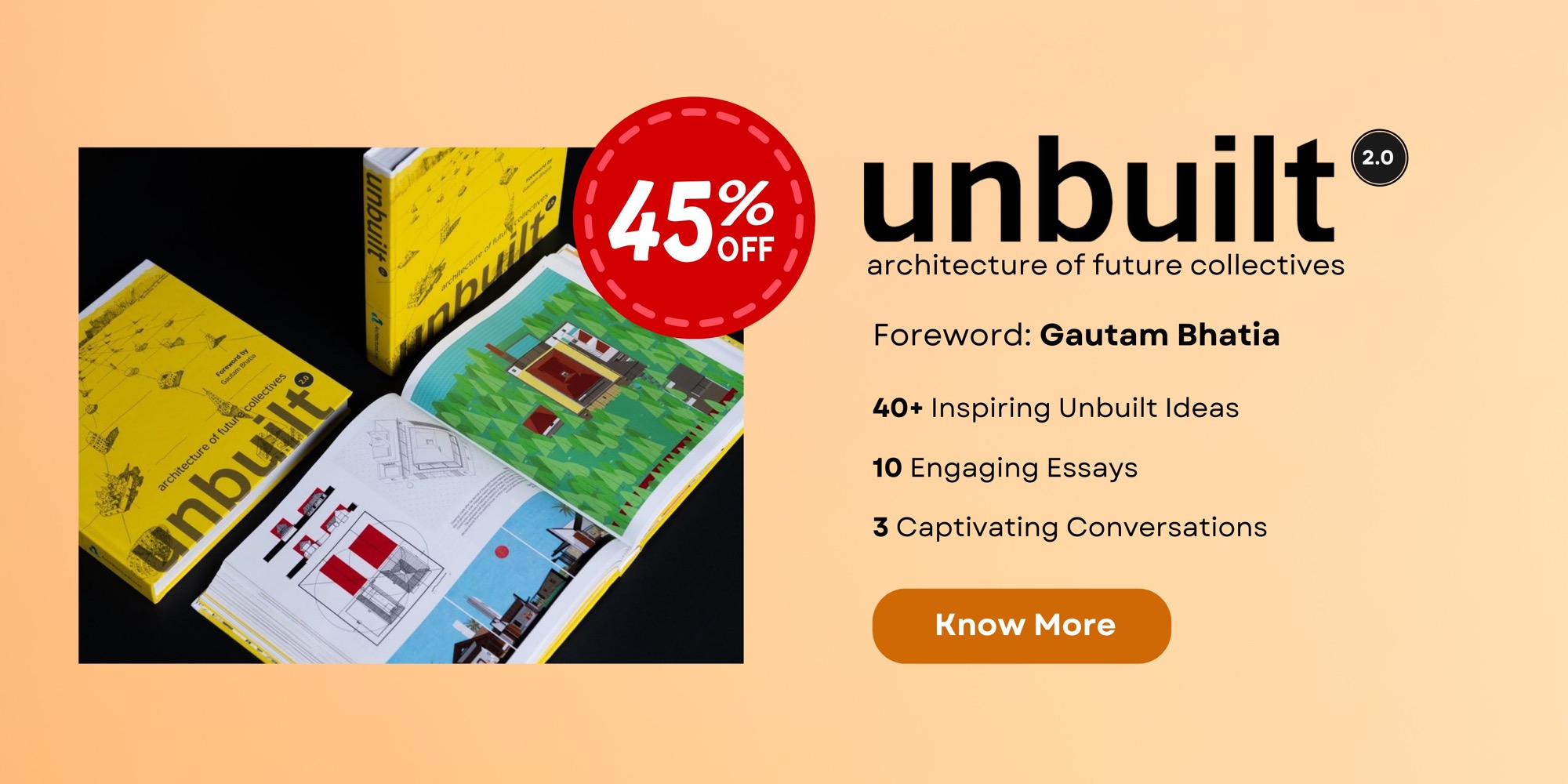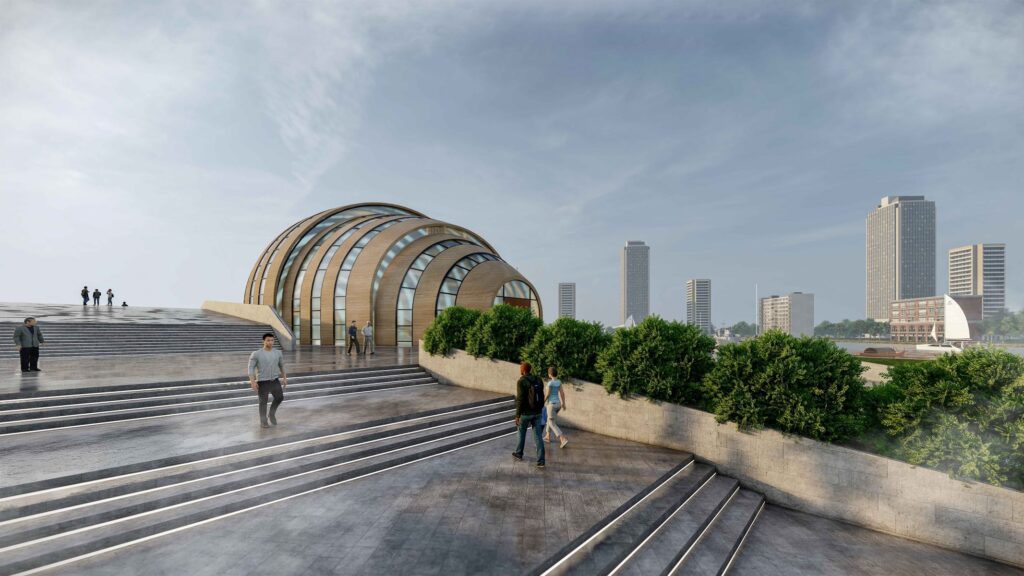
Rooted in the soul of Bengal, the Boat Museum draws its architectural form from the curved hull of traditional Bengali boats—symbols of journey, resilience, and life along rivers. In a land where rivers are lifelines, boats are not just transport; they are storytellers of trade, migration, festivals, and folklore. The museum’s elongated, tapering form gently rises like a boat on still water, echoing the calm rhythm of riverine life.
Located in Peanut Island, Purbachal, beside the Turag River, the museum blends concrete, steel, and bamboo, reflecting both modernity and Bengali heritage. The design features an amphitheatre for cultural events, a live boat-making exhibition space, and a floating deck that stretches into the river, inviting visitors to reconnect with water. With shaded steps, open gathering spaces, and interactive exhibits, the project serves as a cultural anchor, reviving stories, traditions, and craftsmanship while offering an immersive experience of Bengal’s rich river-based lifestyle.
Spatial Experience:
- Real Boat Display on Ground Floor: A dramatic open space where life-sized local boats are exhibited, including the traditional ‘Nouka Baich’ boat. This gives visitors a tactile and visual experience of the watercraft culture.
- Amphitheatre: Designed as a flexible space for celebrating Bengali festivals like ‘Pohela Boishakh’ and other cultural programs. It encourages communal gathering and performances under the open sky.
- Boat-Making Live Workshop: A stepwise seating arrangement allows visitors to observe local artisans crafting boats in real time. This zone acts as both a gallery and a learning environment, bringing lost techniques back into public consciousness.
- Floating Deck: Extending far into the river, the deck strengthens the emotional and physical connection between people and water, symbolising the essential relationship between rivers and Bangladeshi life.
- Multipurpose Hall: Framed with a wide staircase, this space allows people to sit, relax, or watch open-air events happening on the adjacent deck. It merges leisure and functionality seamlessly.
- Ferry Ghat Design: Inspired by traditional Bengali ghats, this interactive riverside space allows visitors to board boats directly from the ghat. From the boats, they can enjoy scenic views of the museum’s architectural beauty from the water and experience delightful boat tours that echo the timeless charm of Bengali river culture.
- Exhibition and Entry Zones: Visitors primarily enter through the first floor via a scenic stair and ramp system that offers elevated views of the surroundings, enhancing the arrival experience. Although access from the ground floor is also possible, especially during rainy seasons. From the first floor, visitors can descend through internal stairs to the ground level, where they can explore real boats and access the library. The library serves as a cultural hub, offering deeper insights into the museum’s themes and showcasing the richness of local traditions and heritage.
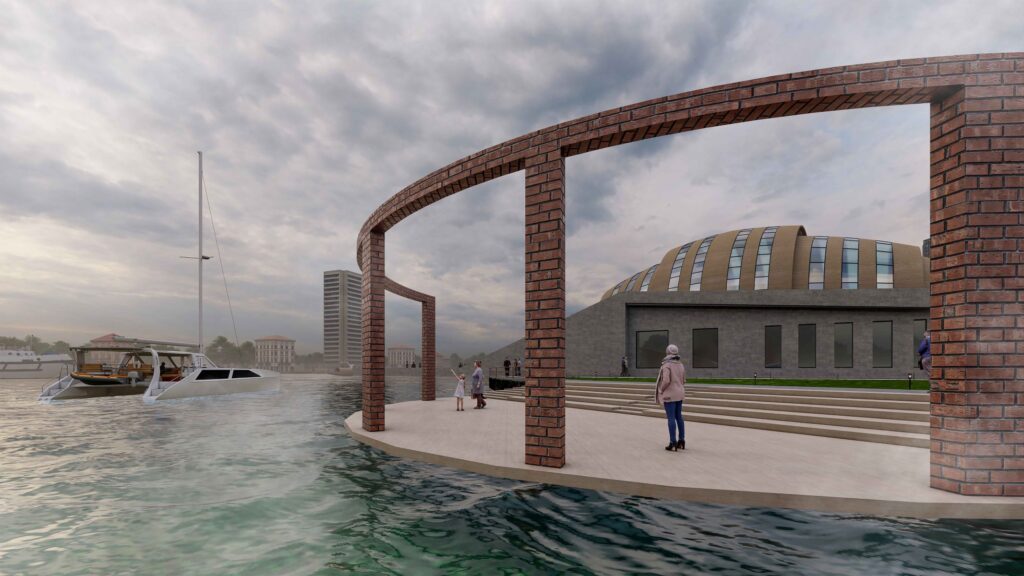
Design Considerations:
The Boat Museum is strategically positioned on a peninsula surrounded by water on all four sides, providing significant environmental and experiential advantages. The placement maximizes natural wind flow, especially benefiting from the predominant south-eastern breeze common in Bangladesh. This ensures passive ventilation throughout the structure, reducing reliance on mechanical cooling systems and enhancing user comfort.
The museum’s orientation allows for unobstructed panoramic views of the river and its natural surroundings, creating a strong visual connection between the built environment and the water. Visitors experience an immersive journey as they approach the museum via the water or land, with the curving shoreline enhancing the site’s visual drama.
Additionally, the presence of water on all sides acts as a thermal buffer, moderating temperature fluctuations and promoting a cooler microclimate around the structure. The integration of green zones and shaded pathways within the design further supports environmental sustainability and user comfort.
The site’s natural topography and openness also facilitate the flow of light and air, making the Boat Museum not just a built form, but a breathing, living entity rooted in its environmental context.
Materials:
- Exposed Concrete
- Bamboo Panels (Exterior cladding and interior detailing)
- Steel Frame (Structural skeleton and connections)
- Glass (Natural daylighting and visual transparency)
- EPDM (Ethylene Propylene Diene Monomer – Rubber Sheet)
“Bamboo cladding over a steel frame with an EPDM waterproof membrane in between prevents water infiltration while ensuring a durable and sustainable finish.”
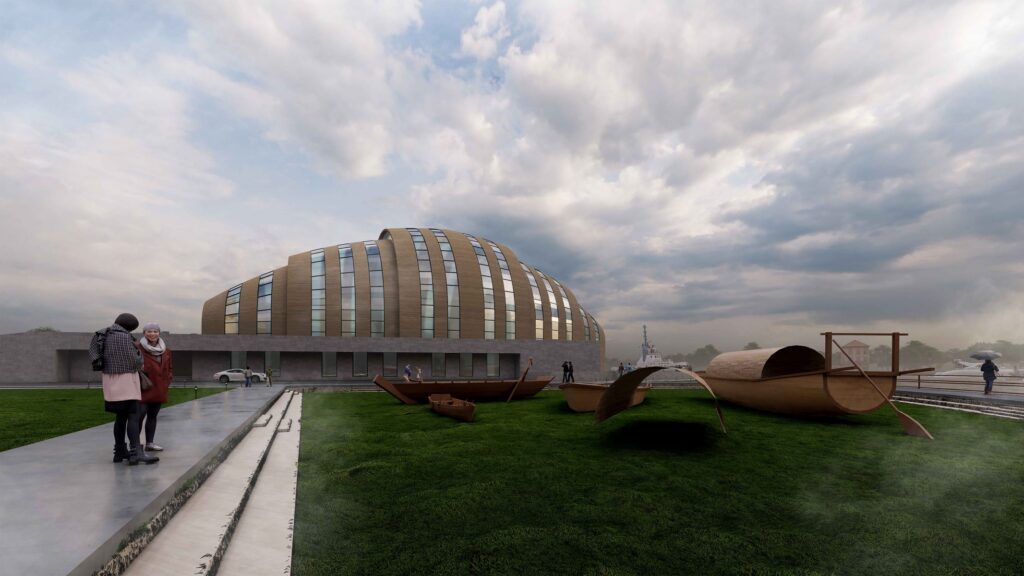
Material Strategy and Climate-Responsive Detailing:
To address the challenges of Bangladesh’s hot-humid climate and seasonal rainfall, an EPDM waterproof membrane is applied between the steel structure and bamboo cladding to prevent water infiltration. This layer requires minimal maintenance, with periodic inspections and UV protection every few years. The exposed bamboo is treated with weather-resistant coatings and maintained annually to ensure durability against moisture and sun exposure, while proper ventilation between layers prevents mold growth and extends material lifespan.
Gallery:
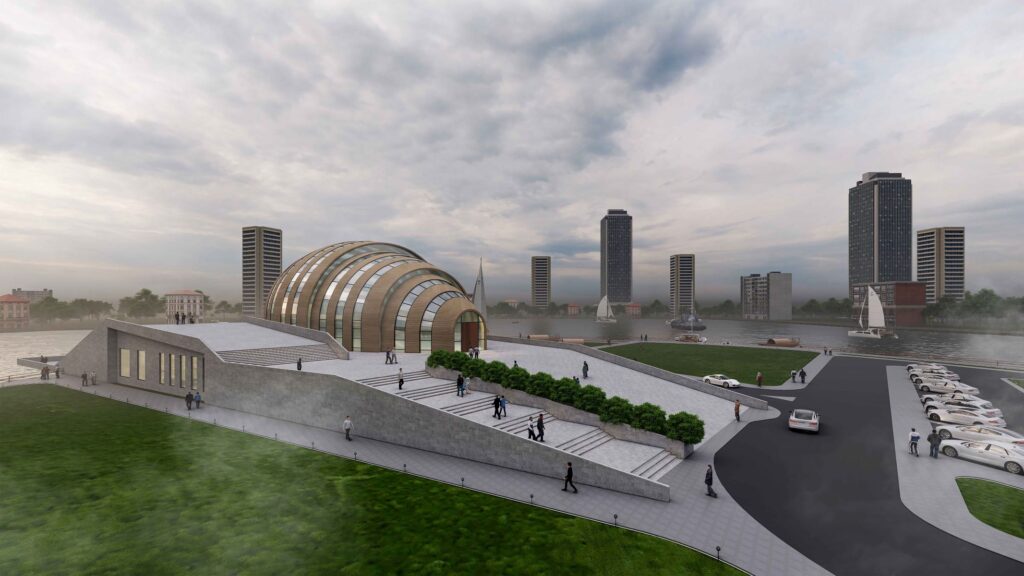
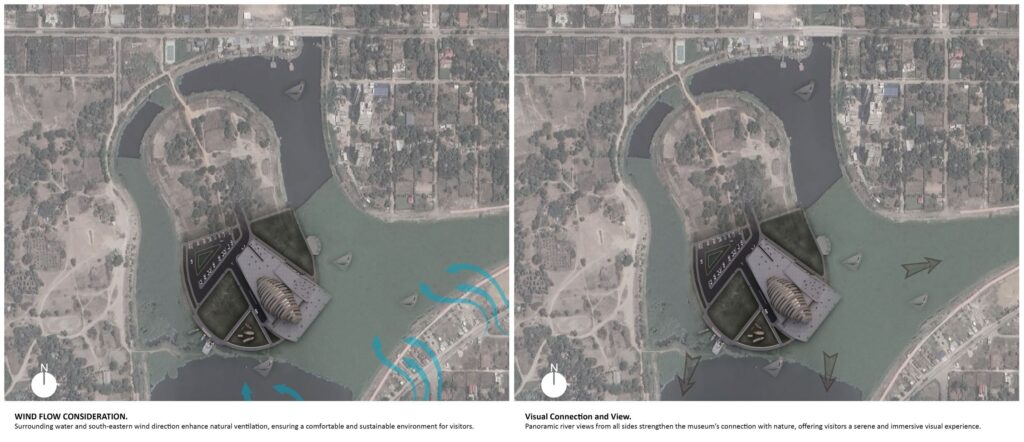
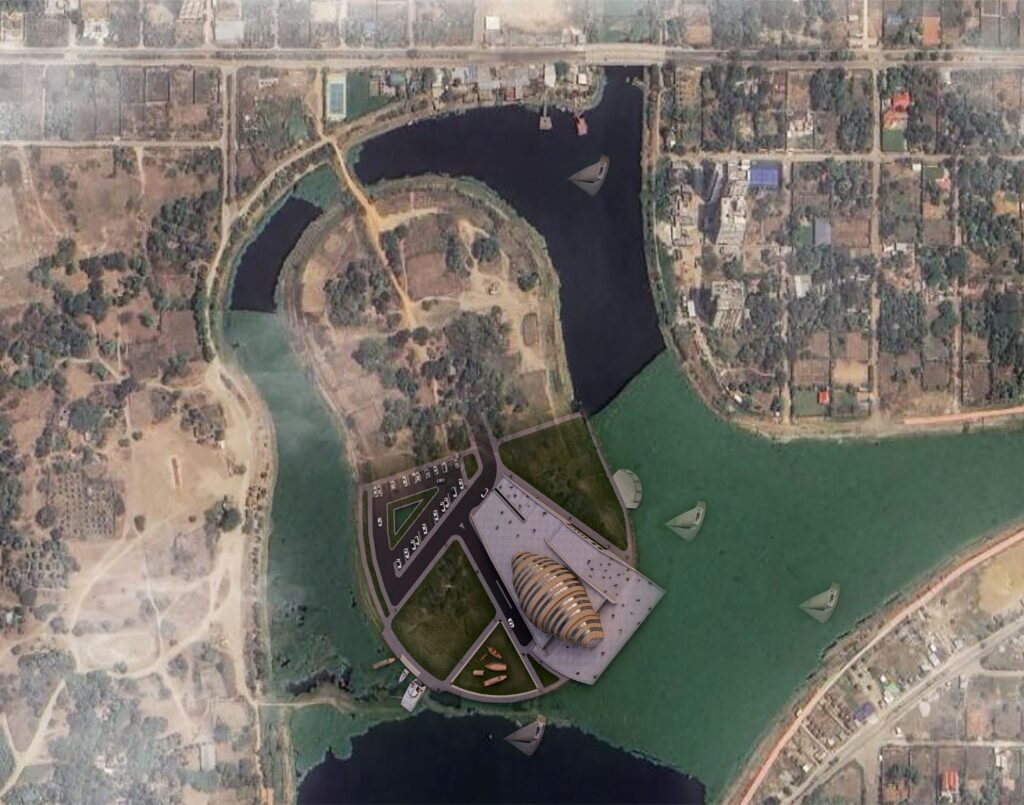

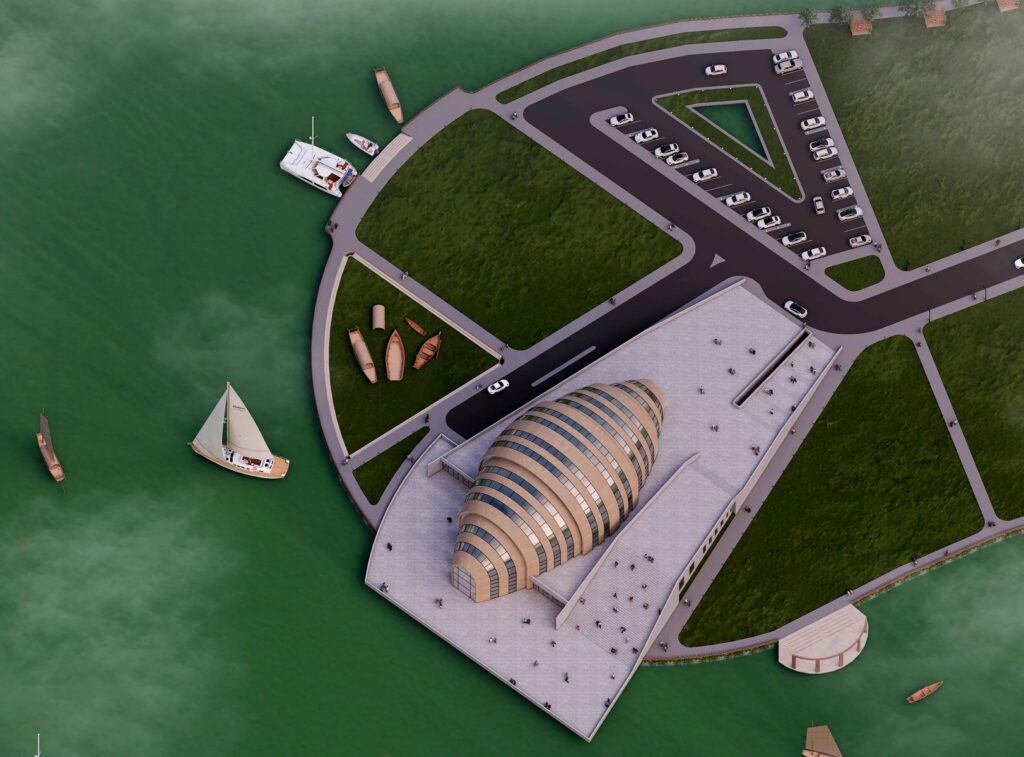
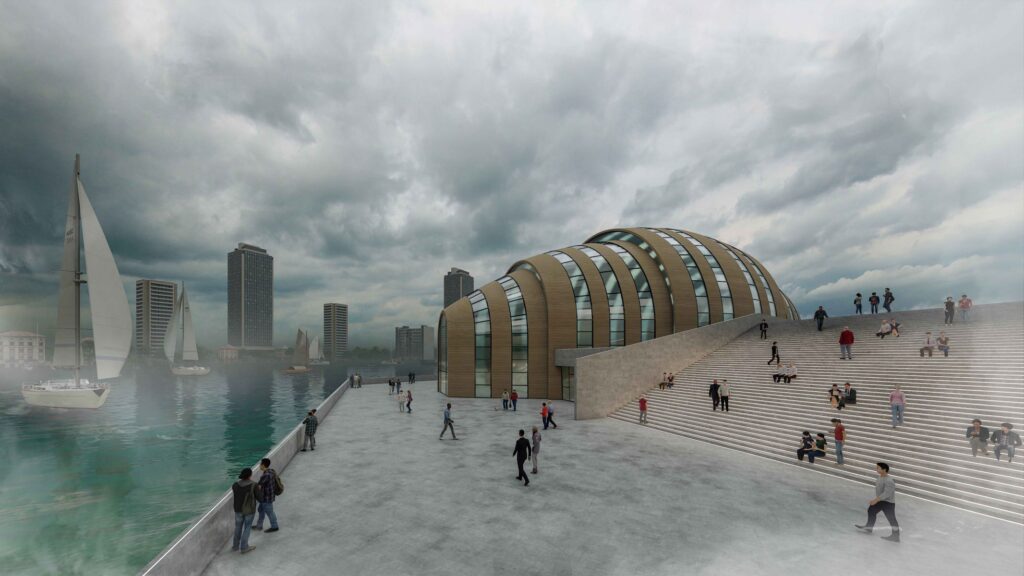
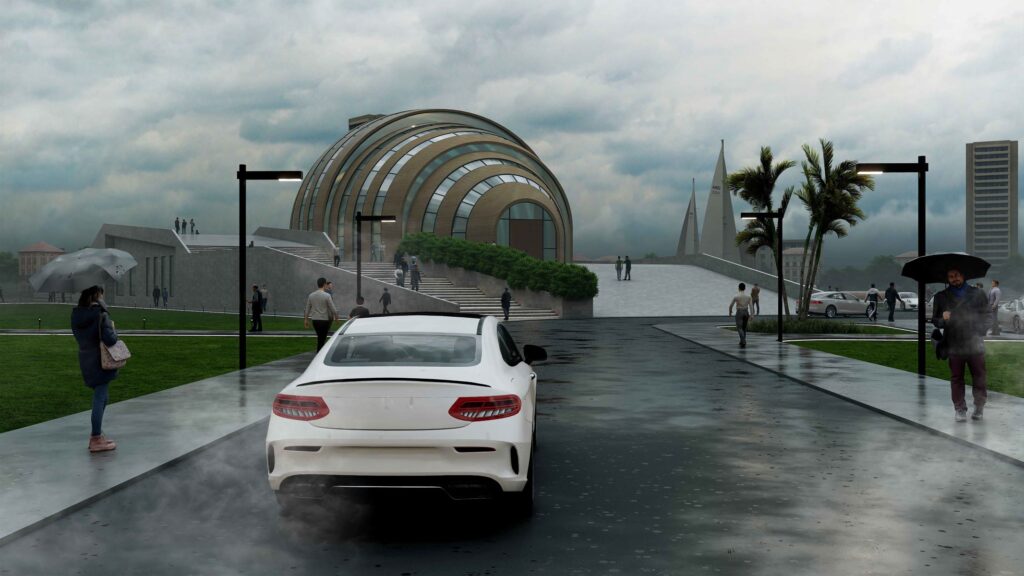
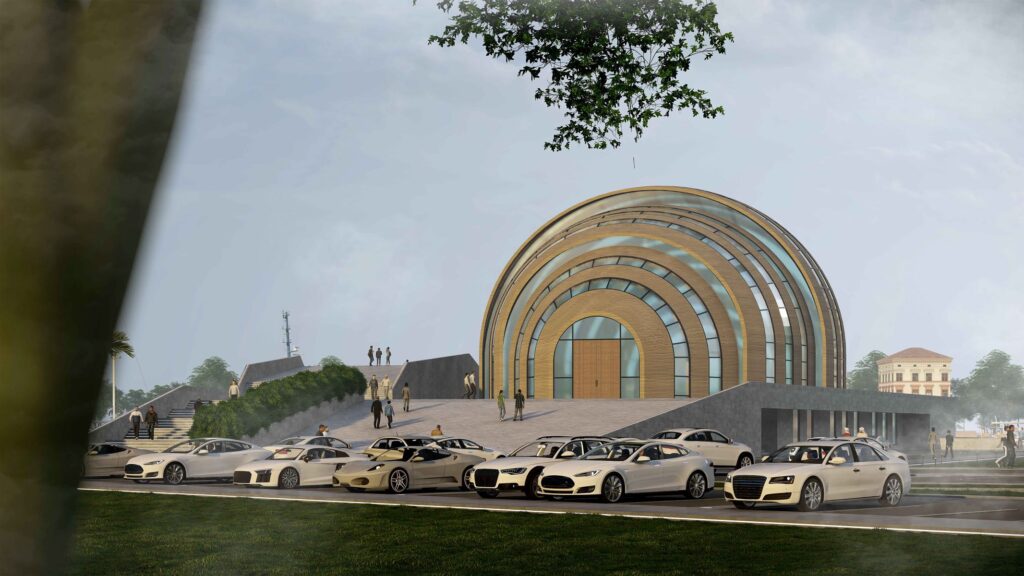


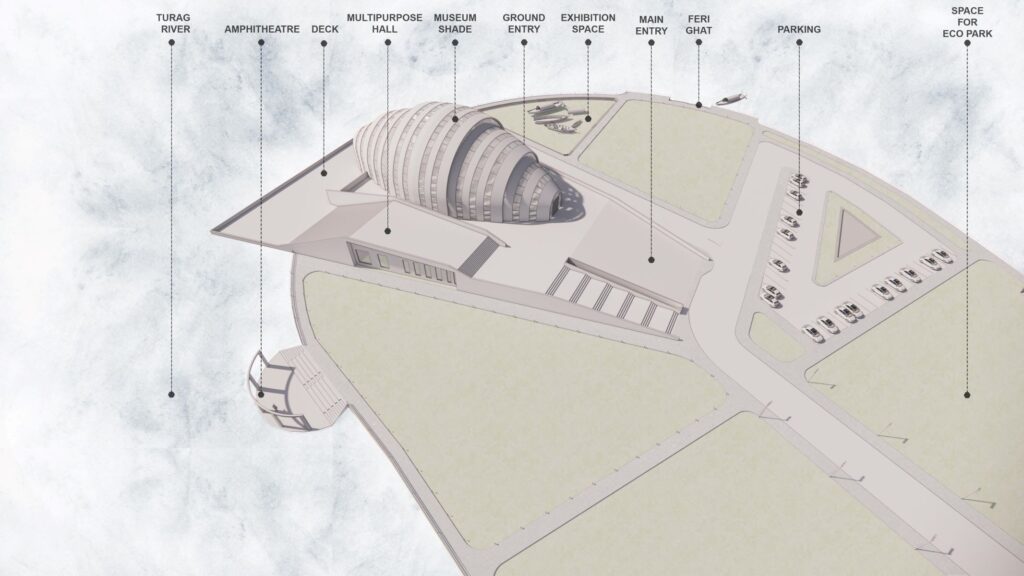
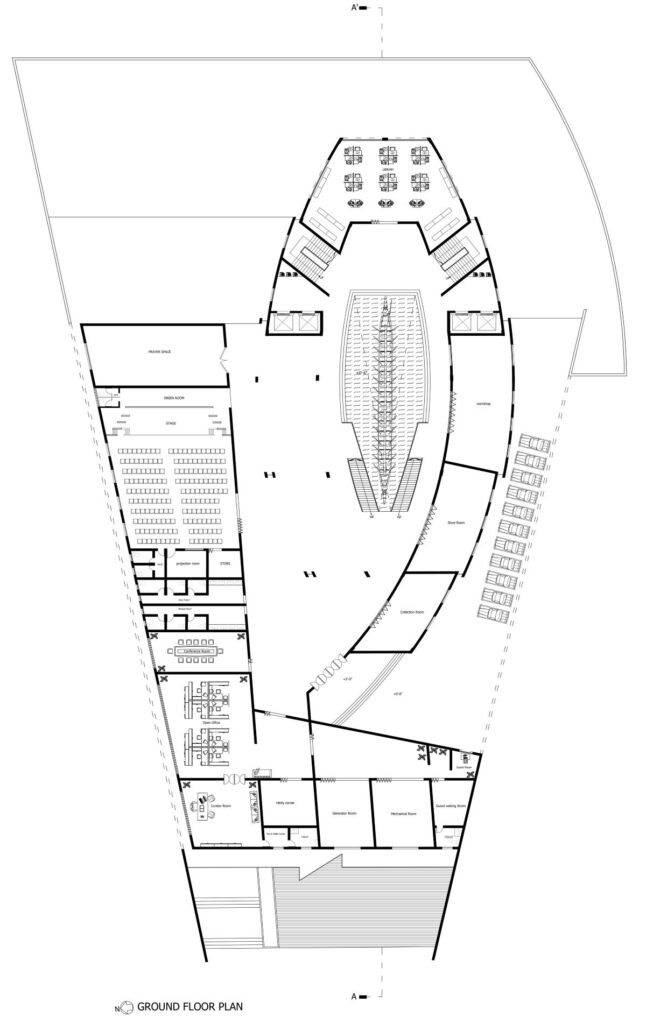
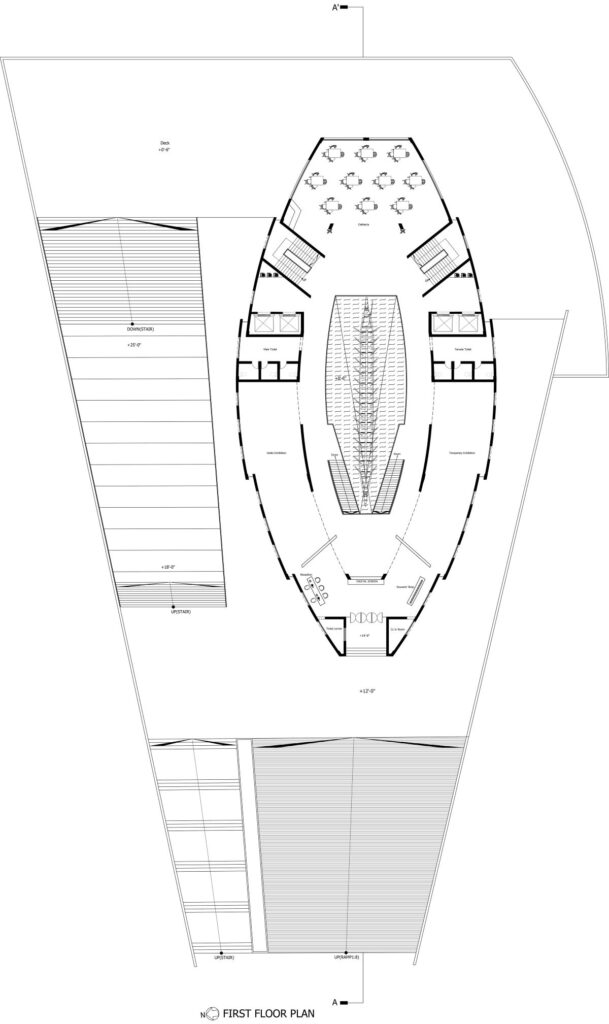
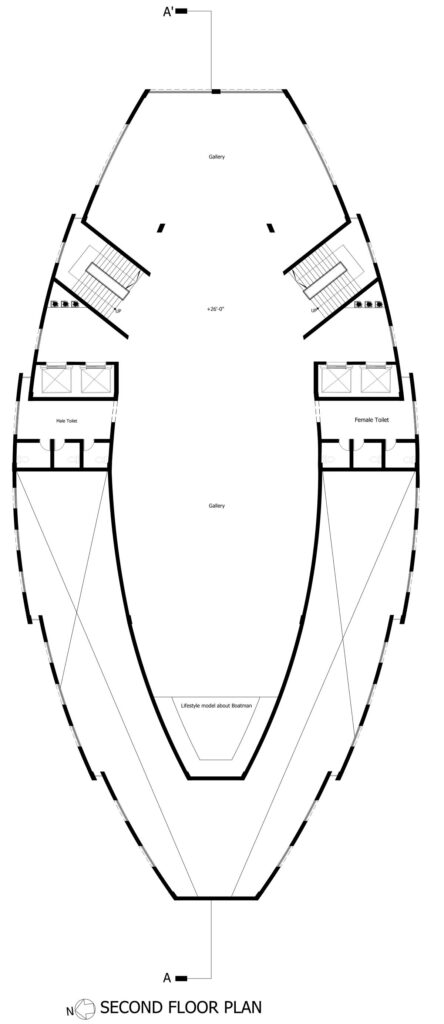


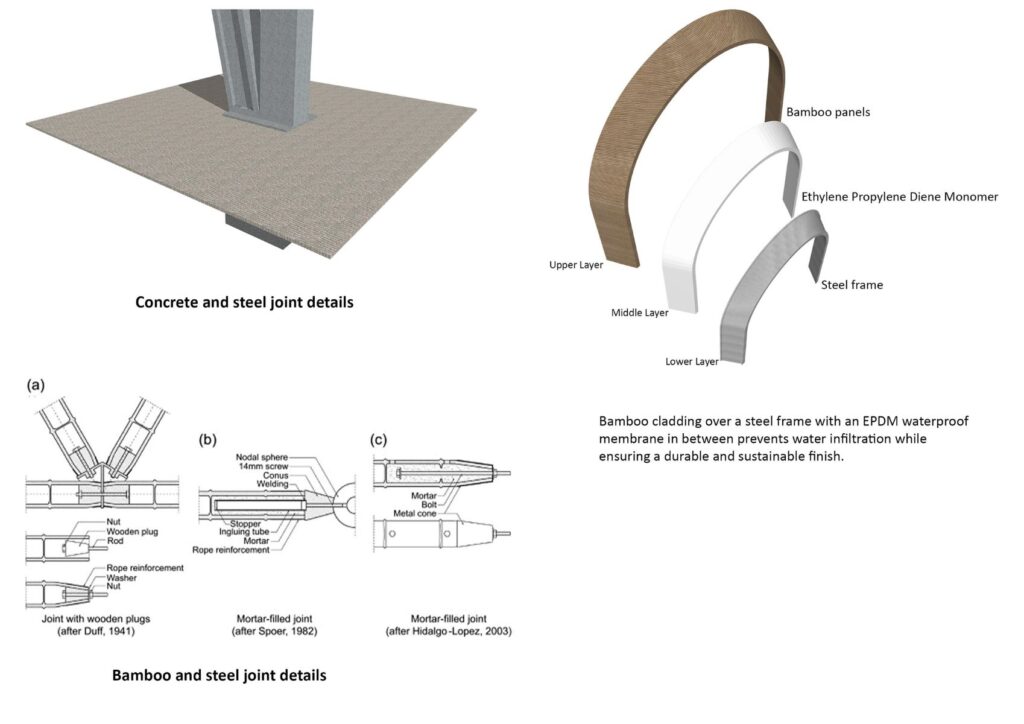
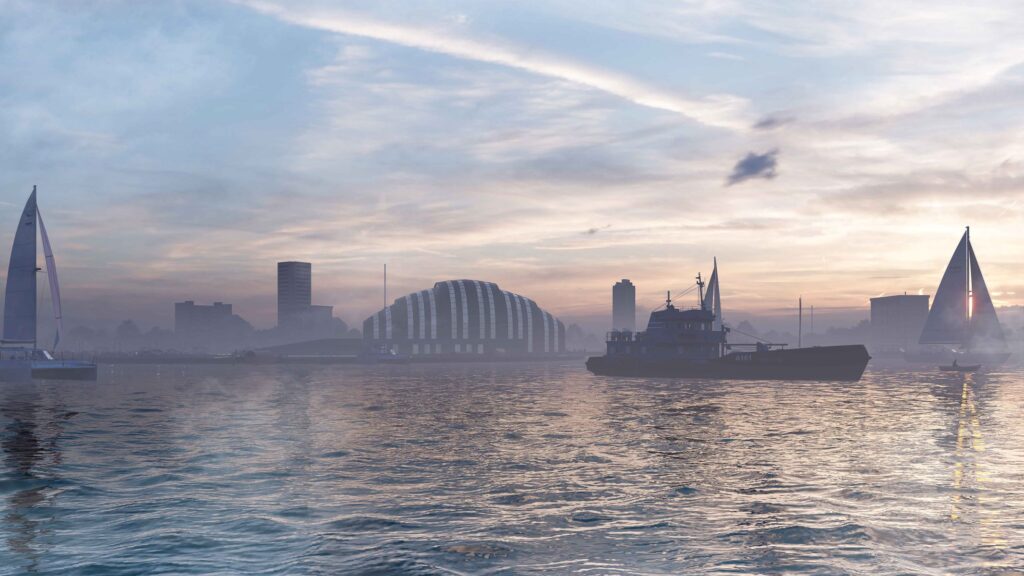
Project Details:
Name: Boat Museum — Reconnecting River & Culture
Location: Peanut Island, Purbachal, Dhaka, Bangladesh
Site area: 3.6 acres (1,56,800 sq. ft.)
Built area: 54,270 sq. ft.
Designed by: Muzahid Islam
Year: 2019
Typology: Cultural Architecture/Public space
Design Intent: Community, Heritage, River Connection, Vernacular Inspiration
Academic Institution: Shanto-Mariam University of Creative Technology(SMUCT)
Studio Supervisor: Ar. Mehreen Hossain
Software Used: AutoCAD, SketchUP, Lumion, Photoshop.


